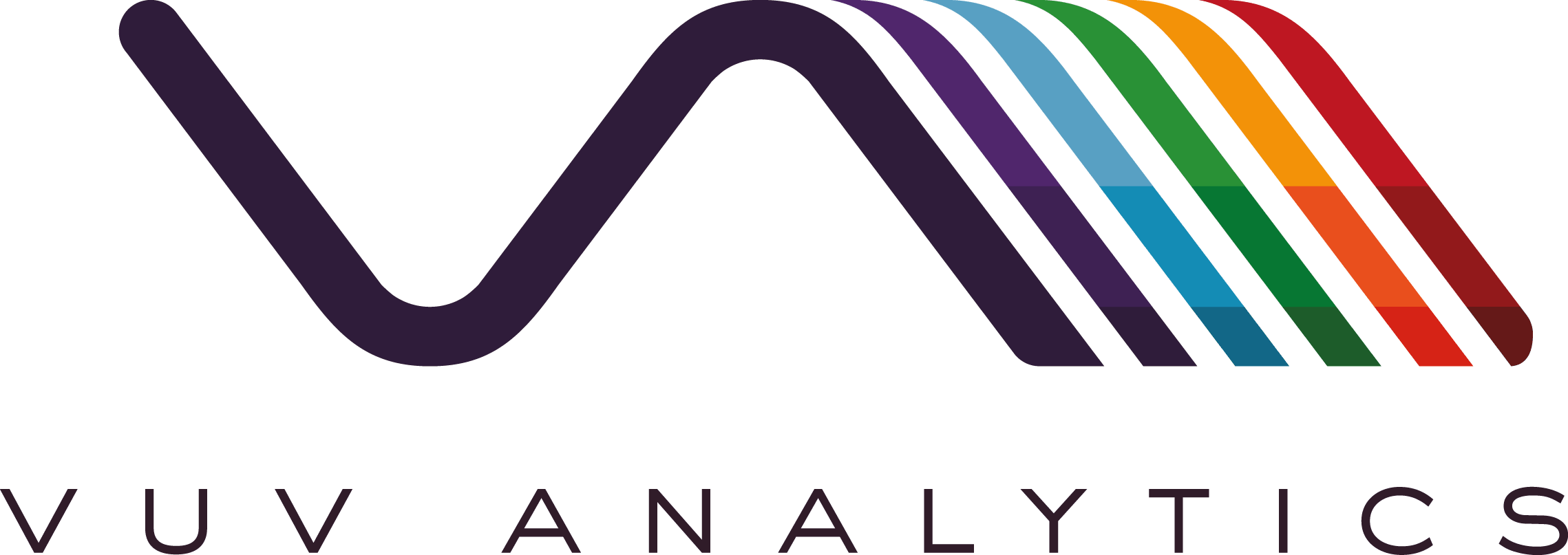Taking (Molecular) Control
By Pierre Giusti, Molecular Separation & Identification Service Manager, and Gaelle Jousset, Gas Chromatography Laboratory Manager, Research & Development, TOTAL Refining & Chemicals, Normandy, France. We work together on R&D in the analytical department to understand how analytical chemistry can better support the needs of the business. One mission within that overarching goal is seeking out and evaluating new technology that could be potentially useful. When it comes to utility, there is a real demand for (analytical) information at the point of need – for us, that means considering ways of shifting robust analysis out of research laboratories and into control labs.Back in 2014, we met VUV Analytics at the PetroPhase conference in Galveston, Texas. The team was there to gather information about the needs of the petroleum industry from an analytical point of view. A connection was sparked when we realized that VUV detection could be a powerful tool for gaining molecular information without the complexity of mass spectrometry. The main advantage we saw was its potential to be used in our control laboratories. Most of our process optimization is based on macroscopic data (sulfur content, viscosity, density and so on). Why? Because gaining molecular information beyond what can be provided by GC separation and a non-specific flame ionization detector (FID) in the refinery is difficult – the analytical instrumentation required is typically too complex for the environment and requires data interpretation that cannot be directly plugged into the process optimization loop. One of the main advantages of VUV detection for us appeared to be the ability to gain more specific molecular information on species with an instrument set up that shares the simplicity of FID.





